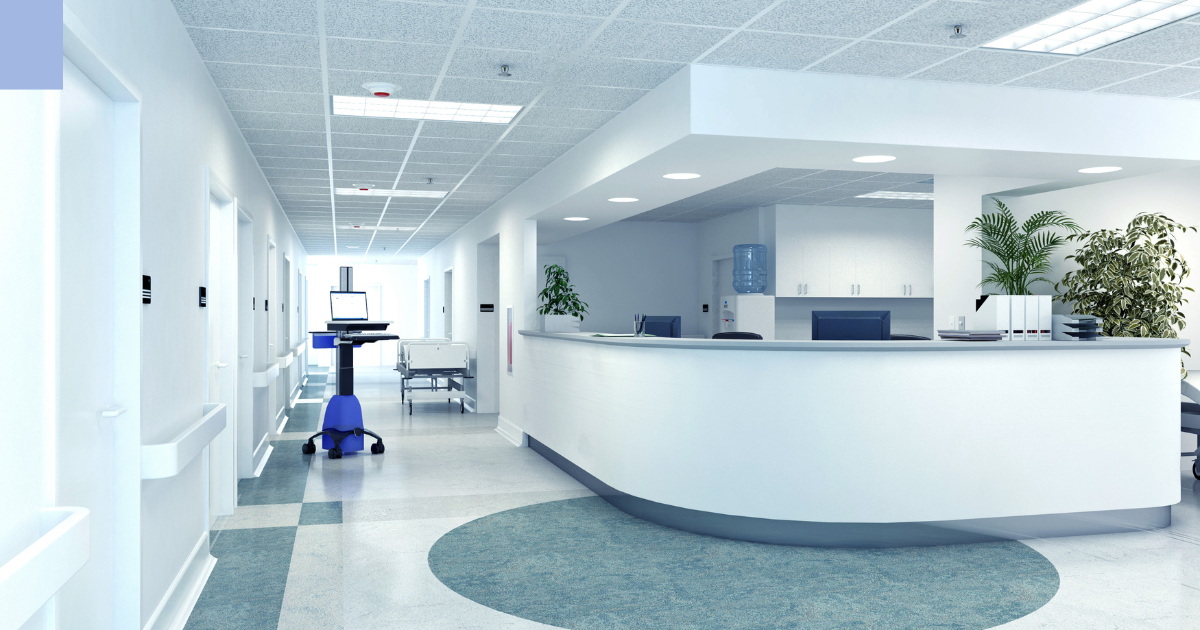As telehealth has become part of everyday healthcare, studies show that organizations are moving away from expensive one-off systems and are instead choosing financially stable solutions that actually fit into daily workflows. Hospitals are realizing that telehealth cost savings come not from chasing flashy new tools, but from making smarter use of what they already own. Reusing existing hardware, such as carts and bedside TVs, may not seem exciting at first glance, but it is proving to be one of the most effective ways to stretch budgets and still deliver reliable care.
Why Reuse Hardware Matters for Telehealth Cost Savings
Lower capital risk and faster launch
Deploying brand new hardware across multiple rooms can double or triple upfront costs. Smaller hospitals cannot always absorb that. By reusing carts, TVs, and other familiar devices, organizations can reduce initial spending by up to 30% while getting telehealth programs running sooner.
Avoiding hidden fees
New devices often bring hidden costs like maintenance contracts, refresh cycles, and vendor-specific upgrades. Hospitals that reuse existing hardware avoid many of these traps. Some organizations report operational cost reductions of 15–30% over time simply by optimizing their software stack and minimizing unnecessary hardware purchases¹.
Better total cost of ownership
Community health studies show that fixed overhead costs can erode telehealth value if the infrastructure is too complex². When hardware reuse is prioritized, hospitals avoid paying for devices that sit idle, which helps keep the total cost of ownership lean.
Faster adoption and less friction
Clinicians are far more likely to use systems that do not disrupt their normal routines. Reused hardware is familiar, reducing training needs and smoothing the path to adoption. This speeds up time-to-value and lowers staff resistance.
Building a Sustainable Platform for Telehealth Cost Savings
One platform for many use cases
Instead of layering separate tools for consults, observation, training, or family visits, forward-looking hospitals choose a backbone platform that supports all of these from day one. This creates a multiplier effect: reuse what you have and expand use cases without replacement.
EHR integration and security by design
Integration with the EHR is one of the biggest hurdles in telehealth. Platforms that connect directly to existing systems and meet strict security requirements eliminate bottlenecks and avoid the debate over hardware lock-in.
Bandwidth-adaptive video
Even older hardware can perform well if the platform adjusts intelligently to low or fluctuating bandwidth. This means that reused devices can remain productive in rural or resource-constrained environments where new tools would struggle.
Flexible deployment spectrum
The most cost-effective platforms allow a spectrum of deployment options. Hospitals can start with BYOD devices, expand into carts and rooms, and scale into hybrid or cloud models as budgets grow. This approach ensures that the platform remains useful over time rather than becoming obsolete.
Real-World Evidence Supporting Telehealth Cost Savings
Research shows that telehealth implementation costs for small hospitals often begin around USD $25,000 to $50,000, with larger deployments climbing higher³. Evidence also shows that telehealth interventions reduce hospital readmissions by about 20% and cut emergency department usage, creating significant savings⁴. In hospital-at-home models, telemedicine has delivered measurable clinician time savings and reduced travel-related costs, showing that efficiency gains matter just as much as direct cost cuts⁵.
How to Start a Reuse-First Approach
Audit what you already have
Take inventory of carts, TVs, tablets, and other devices. Map their lifespan and capability before buying anything new.
Run a pilot program
Choose a few rooms or departments and roll out a reuse-first pilot. Compare its performance against a new hardware setup for a true cost picture.
Measure across the board
Track setup and licensing costs, support tickets, training time, and clinician satisfaction. These numbers provide real evidence for leadership.
Scale with proof of ROI
Use pilot results to justify expansion across the organization. A reuse-first platform scales naturally without adding unnecessary complexity.
Take Telehealth Cost Savings Into Your Own Hands
Shiny new devices can look impressive, but sustainable telehealth impact comes from making smart use of existing investments. Hospitals that commit to reuse, platform consolidation, and flexible deployment strategies are showing that telehealth cost savings do not mean sacrificing care quality. By getting more value from the hardware already in place, organizations can stretch budgets and strengthen care delivery at the same time.
Hospitals that optimize before they invest are seeing 30% lower startup costs and stronger adoption across departments.
Click here to watch our on-demand session, From Investment to Impact, breaks down the real-world strategies behind those results.
